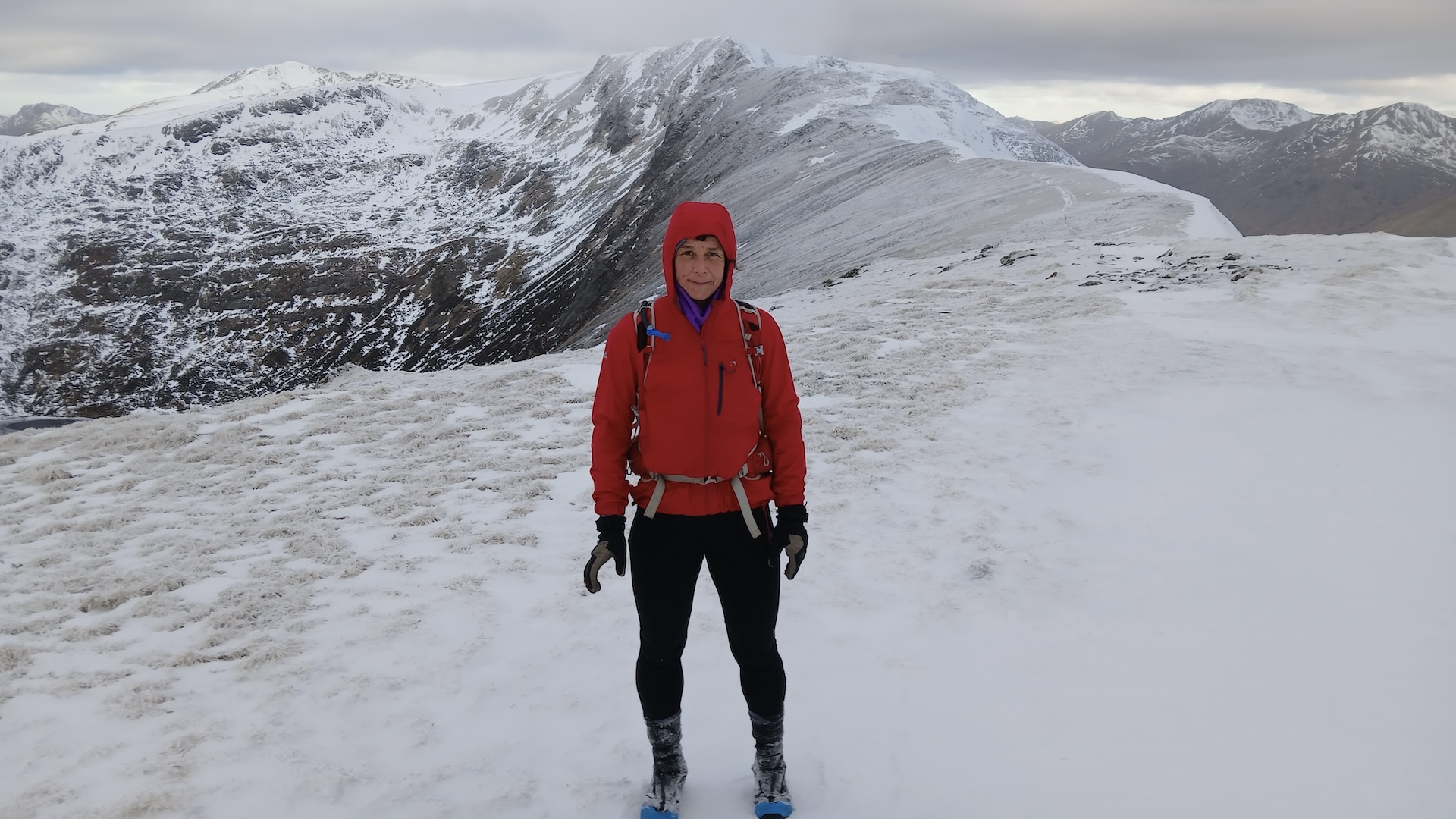Can I wear gym clothes to hike?
Do you really need to fork out for high-performance hiking clothes or is stretchy, sweat-wicking gym gear adequate?
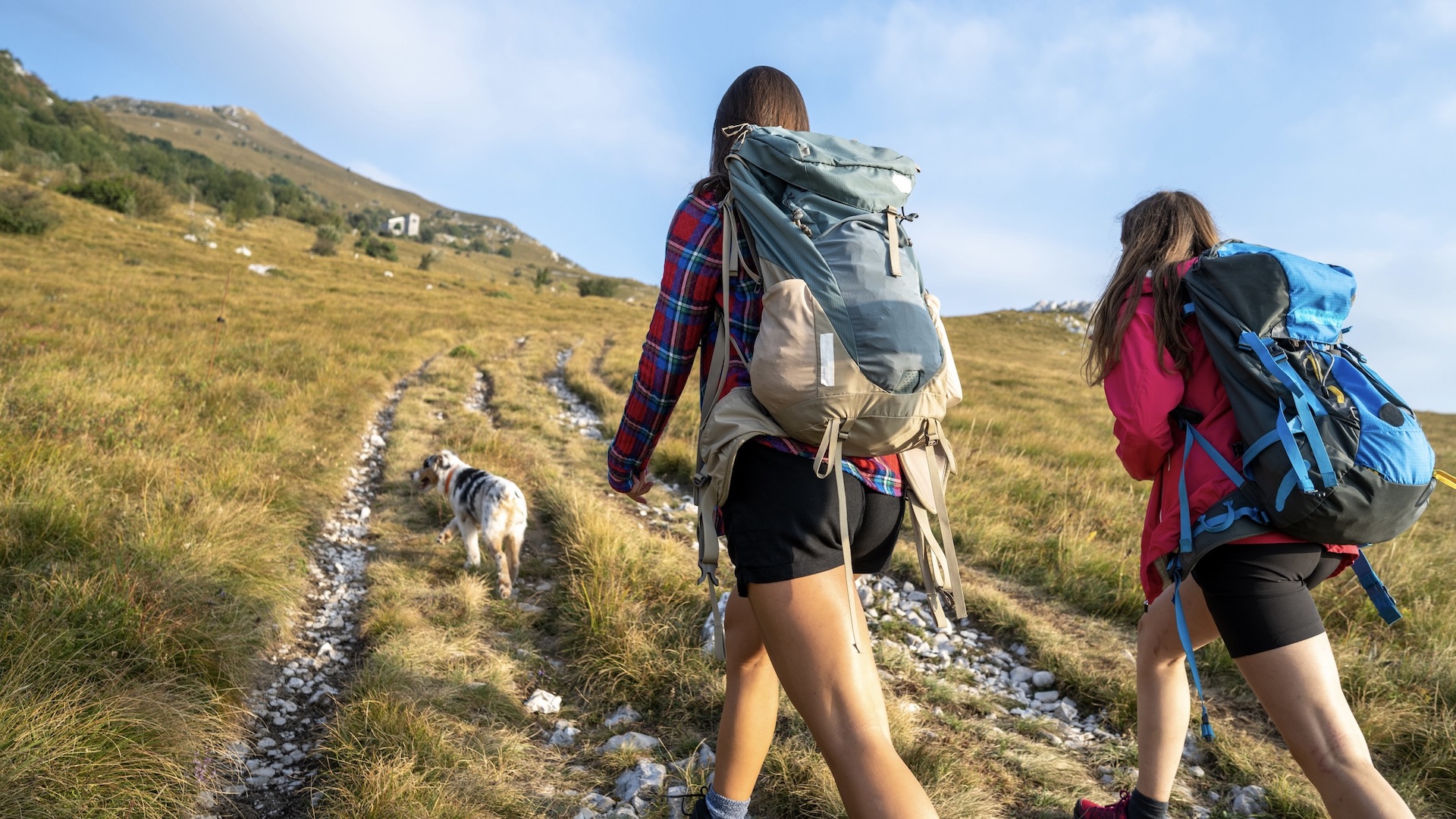
Can I wear gym clothes to hike? If you’re going out on your first hike – or at least, your first hike since those family vacations to National Parks decades ago – you might be asking yourself this question. Do a quick Google search or spend a few minutes looking through Advnture’s guides such as what to wear for hiking and you could easily be left thinking that your first hike is going to be a pricey affair.
I’ve been an avid hiker since my adolescence (about 30 years) and these days, I’ll admit that I have a wardrobe full of expensive hiking gear that’s high performing, which usually means it manages moisture, has insulating properties, offers some protection against the weather and has lots of storage for gear like headlamps and my compass. But for at least the first half of my time in the mountains, I made do with gym gear, some of it was probably cotton and I never died once.
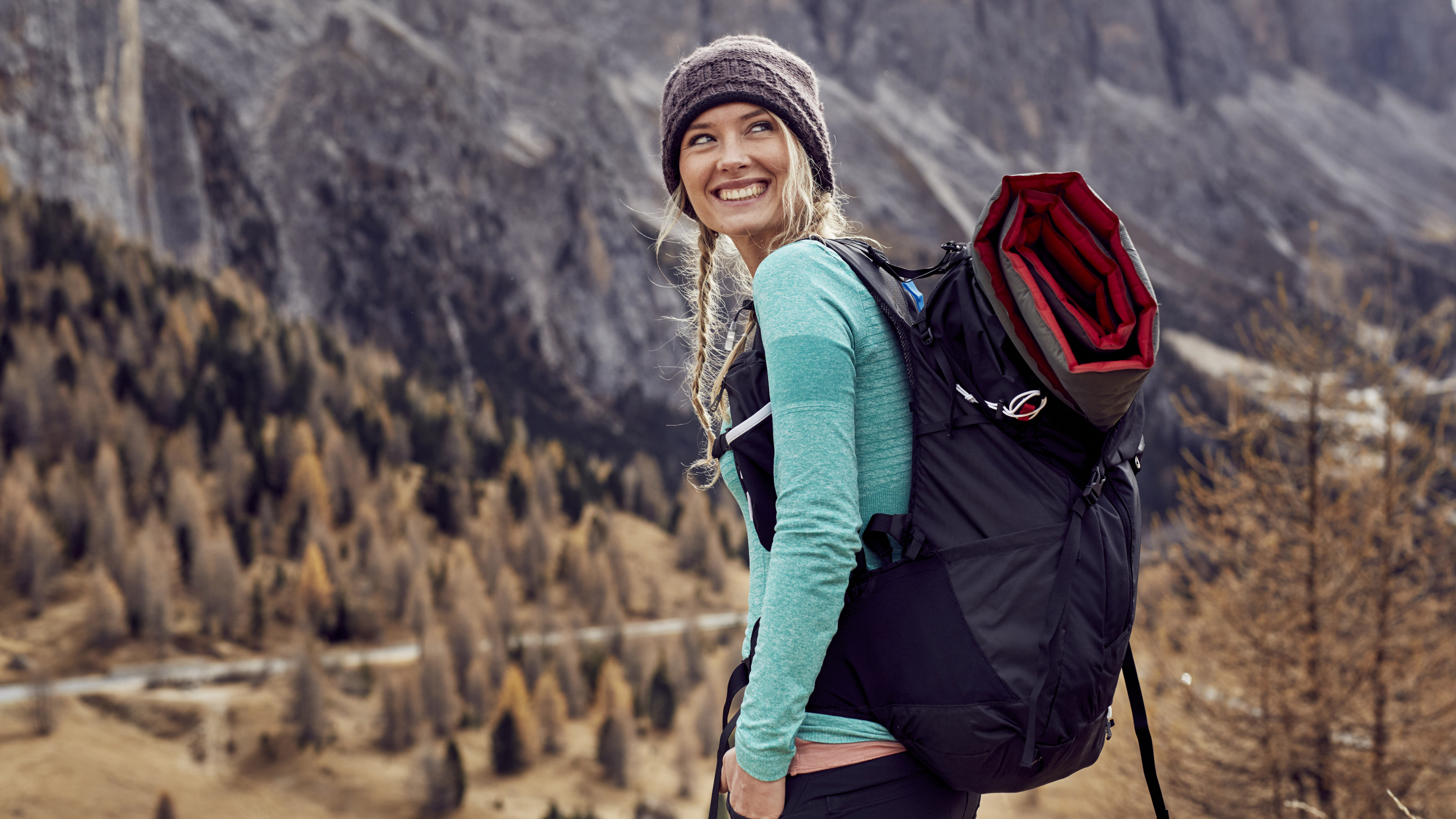
It was only once I moved to the Rocky Mountains back in 2009 that I started to pay attention to hiking-specific clothing and footwear and over time, I amassed the following:
- Hiking boots
- Hiking socks (preferably made using merino wool)
- Hiking pants with lots of pockets
- A base layer made with moisture-wicking material
- A mid layer, such as a fleece jacket
- A waterproof jacket
- Rain pants
- Hiking hat and gloves
Tally all that up and even if you’re shopping second hand or in the sales, you’re looking at a big bill. So given that hiking is just walking, only more vigorously, you might reasonably be asking yourself if you can just wear your gym clothes to hike. After all, they’re likely to be made from sweat-wicking fabric, and they’re probably very comfortable and stretchy, which means you can both layer them and move easily in them.
It’s true that your gym clothes will suffice for a lot of hikes, but they do lack some characteristics that could increase your comfort and safety on the trail. Read on to find out when you can wear gym clothes to hike, and when you need to upgrade your wardrobe to match your adventures.
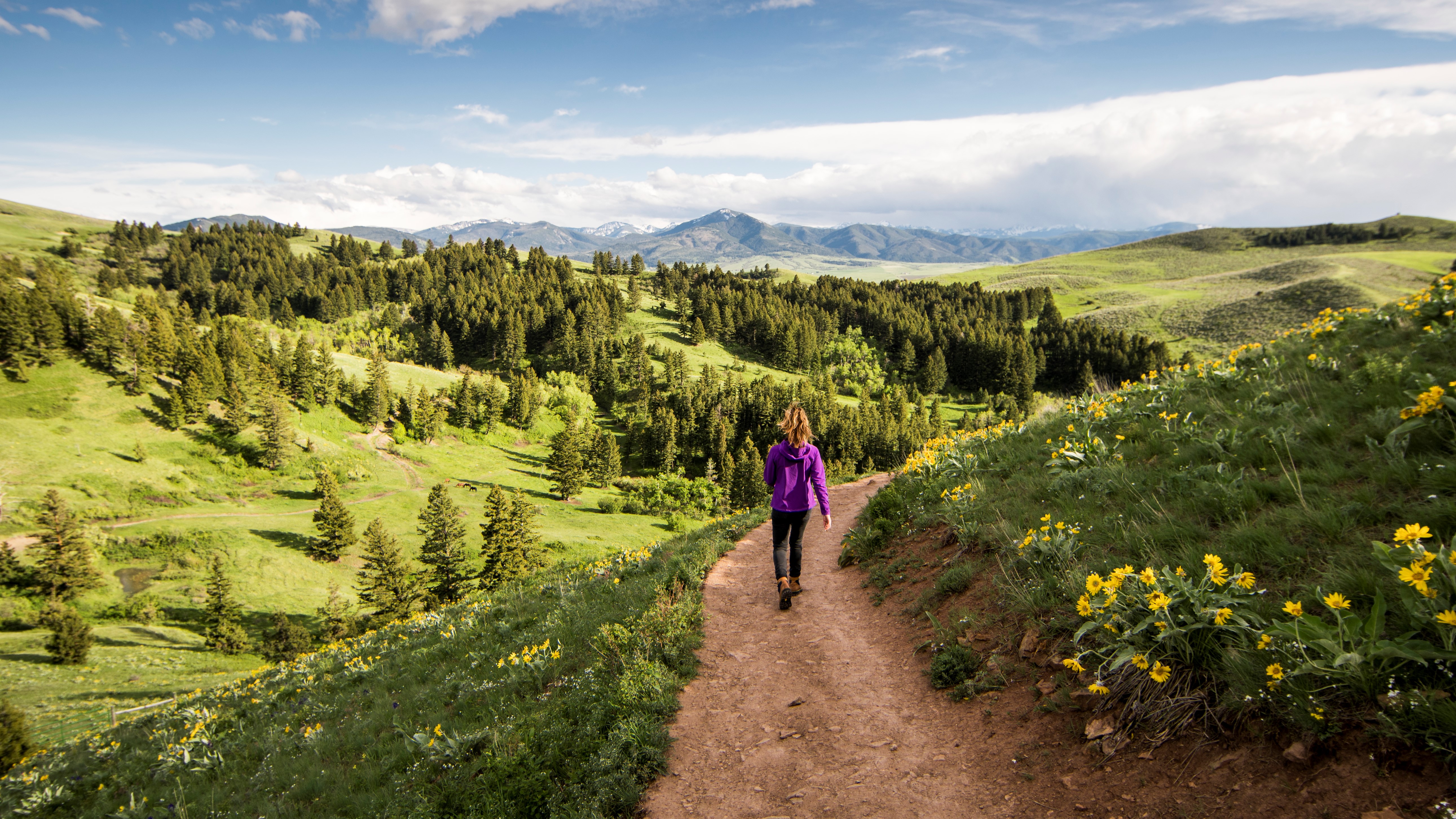
Can I wear gym clothes to hike?
The short answer is, if you’re just going on a day hike (meaning, you’re not going backpacking and spending the night), you’re not venturing out into high elevation areas and it’s not the dead of winter, you can definitely just make do with what you have available for your first hike. It’s better to choose a hiking trail that’s suitable to your lack of experience, see if you like hiking and then get all the gear than it is to drop $500 on something you don’t enjoy, or worse, miss out on hiking altogether because you think you can’t afford it.
For fair weather day hikes, gym clothes such as leggings, sports bras, tops and socks should all be made from synthetic material, which has the handy benefits of drawing moisture away from your skin and being quick drying. That means you can work up a sweat while wearing them and not get too hot, or chilled when you stop to take a break.
Advnture Newsletter
All the latest inspiration, tips and guides to help you plan your next Advnture!
As we’ve previously discussed, you can wear sneakers for hiking, as long as you’re not entertaining the idea of hitting too technical of a trail and they have some grip.
For anywhere but the most arid environments such as in Utah and Arizona, you should always bring a rain jacket, and in most places it’s good to bring an insulated jacket, such as a fleece or down jacket, in case the weather changes or you get lost.
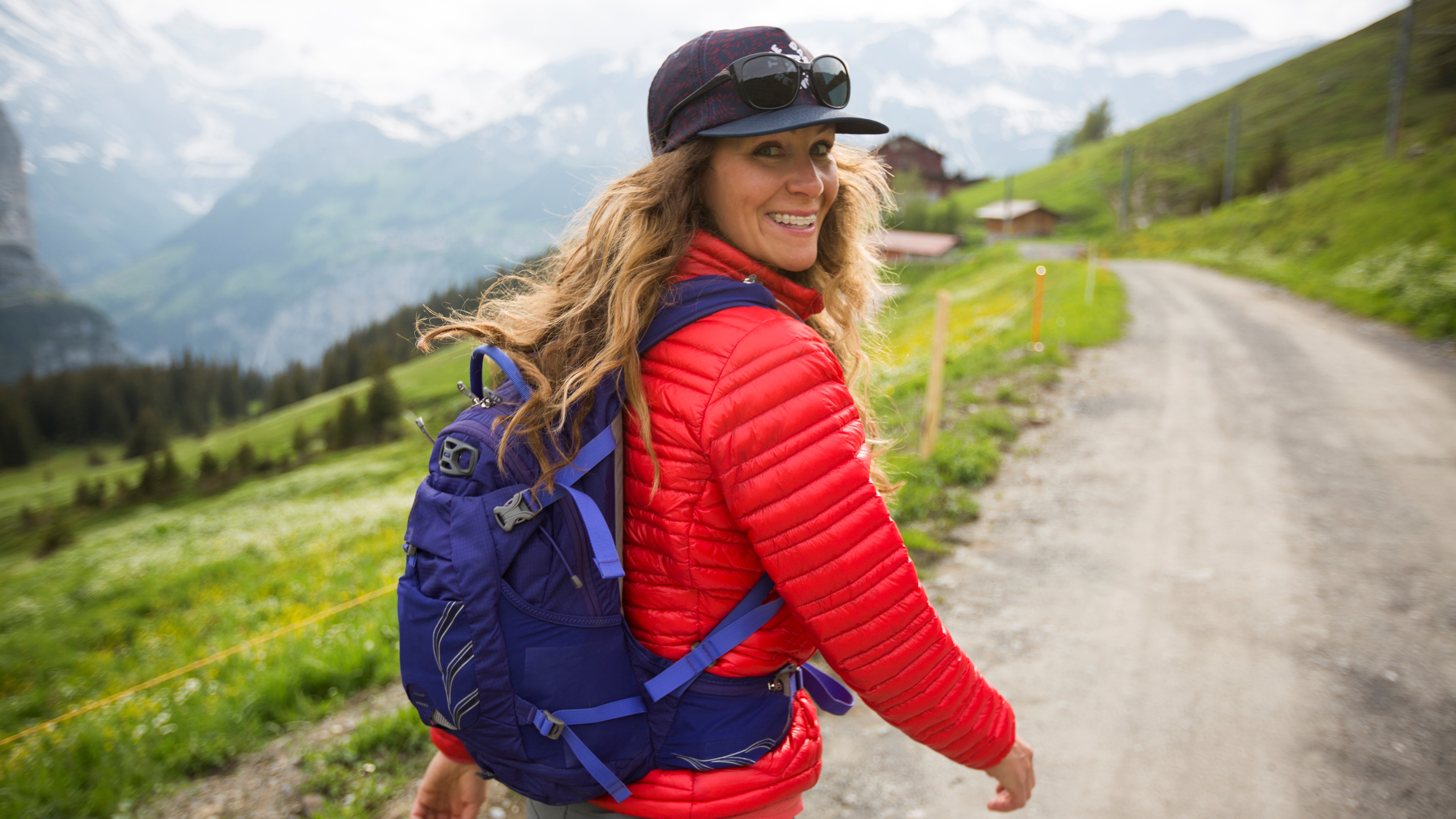
When is it not okay to wear gym clothes on a hike?
As mentioned above, gym clothes are suitable for fair weather hiking and lower elevation hikes only. While they do provide some features that are handy on a hike, such as stretch and moisture management, they also lack some properties that you’ll want if you encounter cold or wet weather, which you’re more likely to at elevation, where conditions change more rapidly.
Leggings don’t tend to offer as much wind protection as a pair of hiking pants, while they won’t provide any rain protection (though if they’re synthetic, they’ll be quick drying). A pair of hiking pants like my Black Diamond Alpine Softshell Pants are treated with DWR to help keep you dry in a light drizzle, keep the wind out and have enough stretch that you can go scrambling in them. If you’re planning to hike in winter, you’ll want to look into a pair of insulated hiking pants.
Furthermore, a tank top or T-shirt that you wear for working out at the gym might wick sweat, but it won’t do anything to keep you warm, which matters when you’re out braving the elements. If you’re likely to experience any dip in temperature, a better choice is a base layer made with merino wool (these come in both long-sleeved and T-shirt styles) that will wick sweat and keep you warm even when wet. I love my Helly Hansen LIFA Merino Midweight Crew for cold capers and my Icebreaker Cool-Lite Amplify Short Sleeve for summer.
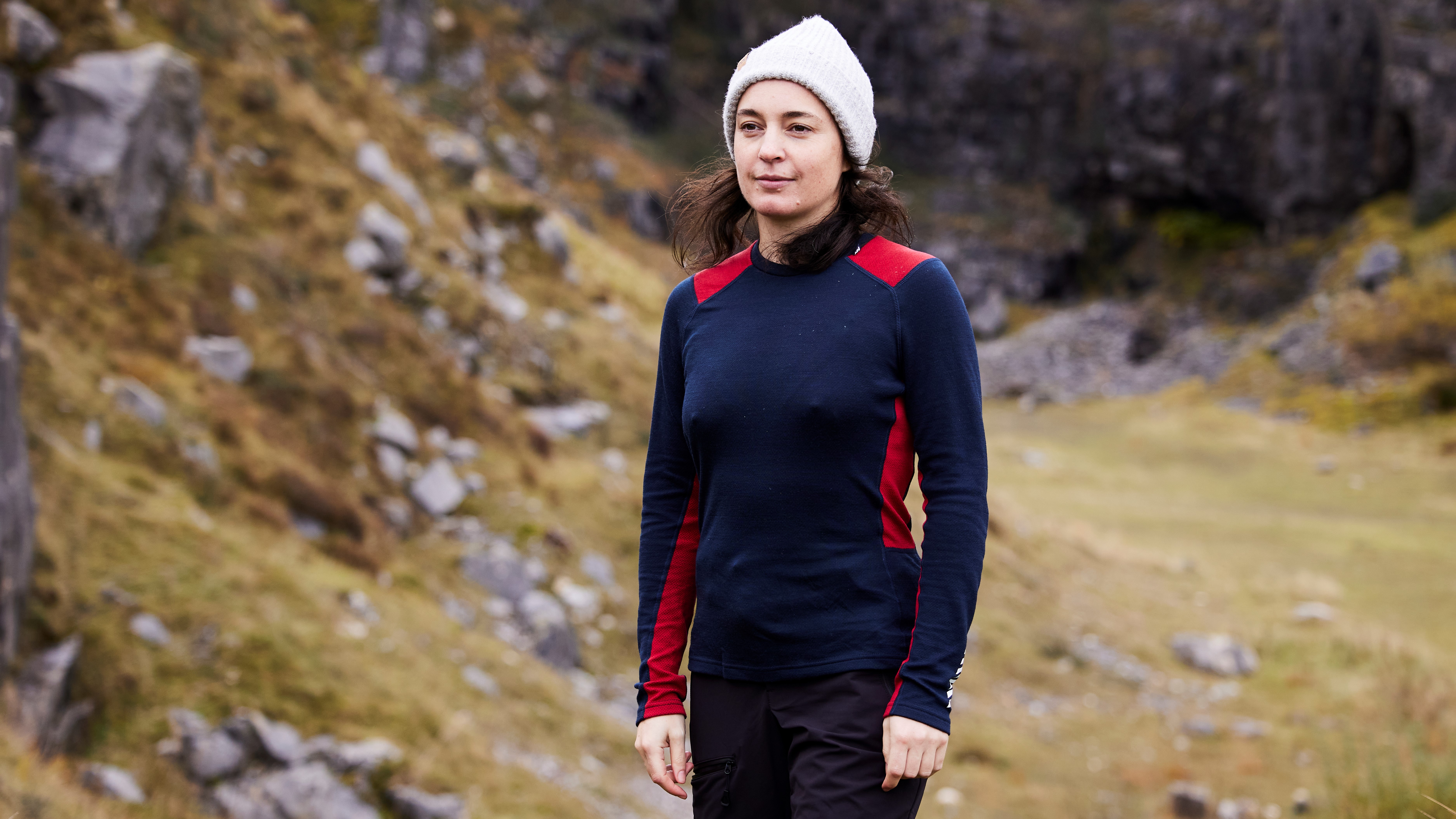
As for your feet, which are doing most of the work on a hike, synthetic gym socks and sneakers will be fine for a shorter hike, but once you start to increase the mileage or tackle more technical trails, look into merino wool blend hiking socks as they will have more padding and reduce friction (and blisters). Also, you should look into hiking shoes, boots, or at the very least, trail running shoes, that come with good traction to help you avoid falling on the trail, and some protection for all those rocks and roots on the trail. Check out our list of the best budget hiking boots to get some decent grip without breaking the bank.
If you’re expecting strong winds and precipitation, you might still be able to get away with wearing synthetic gym gear next to your skin, but to stay safe, you’ll definitely want to layer breathable rain pants and a good waterproof jacket like the Montane Phase Lite over the top.
Julia Clarke is a staff writer for Advnture.com and the author of the book Restorative Yoga for Beginners. She loves to explore mountains on foot, bike, skis and belay and then recover on the the yoga mat. Julia graduated with a degree in journalism in 2004 and spent eight years working as a radio presenter in Kansas City, Vermont, Boston and New York City before discovering the joys of the Rocky Mountains. She then detoured west to Colorado and enjoyed 11 years teaching yoga in Vail before returning to her hometown of Glasgow, Scotland in 2020 to focus on family and writing.

